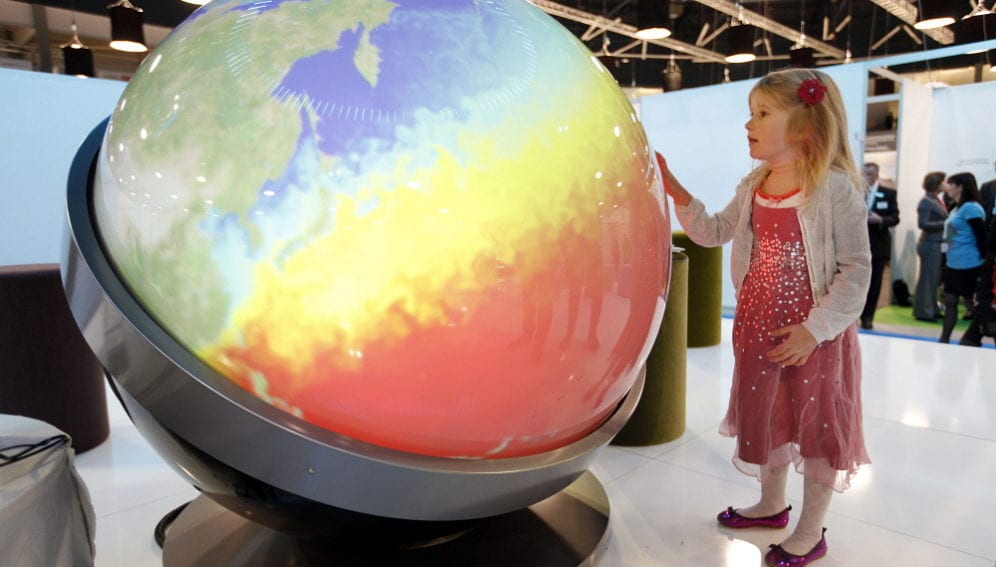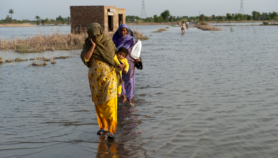By: Prime Sarmiento
Send to a friend
The details you provide on this page will not be used to send unsolicited email, and will not be sold to a 3rd party. See privacy policy.
[MANILA] The UN Framework Convention on Climate Change (UNFCCC) opened (1 September) its first Asia-Pacific regional hub to promote clean technology.
The UNFCCC Regional Collaboration Centre (RCC), formed in partnership with the non-profit Institute for Global Environmental Strategies in Japan, will help developing countries in the region to identify and develop clean development mechanism (CDM) projects to help limit damage from climate change.
Based in Bangkok, Thailand, the RCC helps source the funding needed to implement CDM projects.
“It’s important for the region to have its own centre to make it better equipped in mitigating the impact of climate change,” Luca Brusa, a team leader at UNFCCC, tells SciDev.Net.
Brusa says these CDMs will be in line with the nationally appropriate mitigation actions to be implemented by the developing countries.
He adds the centre is targeting about 300 projects a year. It plans to focus more on countries that have yet to implement CDM projects, such as Cambodia, Laos, Myanmar and Vietnam.
UNFCCC executive secretary Christiana Figueres welcomed the opening of a CDM centre in Asia-Pacific, noting its establishment just a few months before a new universal climate agreement is signed in Paris this December.
“The agreement needs to trigger an ever deeper transition to a low carbon economy and, by the second half of the century, a climate neutral world. Scaled up finance, innovative technologies and creative market mechanisms that benefit people and the planet will be central to these aims,” Figueres said in a statement.
The CDM is one of the market-based mechanisms created under the Kyoto Protocol for developing countries to implement projects that can reduce carbon emissions.
These projects, such as building renewable sources of energy, reforestation and promoting energy efficiency, will allow countries to earn certified emission reduction (CER) credits, each equivalent to one tonne of CO2. These CERs can be traded and sold, and used by industrialised countries to fulfil their commitment to reduce greenhouse gas emissions.
The two per cent levy on CERs goes to the UNFCCC adaptation fund, which will finance projects and programmes to help developing countries adapt to the harsh impact of climate change.
According to the latest data of the UN Environment Programme-Technical University of Denmark partnership, there are currently over 7,000 CDM projects in the Asia-Pacific, more than half of which are in China.
The RCC in the Asia-Pacific is the fifth regional hub established by UNFCCC. It will work with other regional collaboration centres in Togo and Uganda in Africa, Colombia in Latin America and Grenada in the Caribbean.
This article has been produced by SciDev.Net's South-East Asia & Pacific desk.














